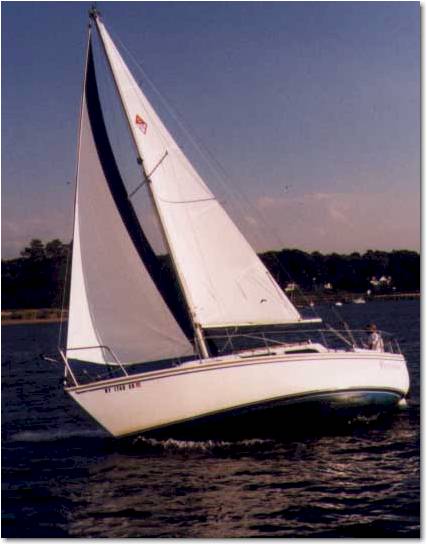Manet/Velazquez at the Met
The Metropolitan museum currently is showing Manet/Velazquez through the end of June. The premise is that when in 1838, King Louis Philippe opened the Galerie Espagnole at the Louvre, placing on view his extraordinary collection of hundreds of Spanish paintings French painting changed and was forever influenced by the Spanish. Whether you buy the premise or not the exhibition is extraordinary. It has 150 paintings by Velázquez, Murillo, Ribera, El Greco, and Zurbarán and masterpieces by the 19th-century French artists they supposedly influenced, among them Delacroix, Courbet, Millet, Degas, and, of course, Manet. The exhibit also includes more than 30 works by American artists such as Sargent, Chase, Eakins, Whistler, and Cassatt, who studied in France. You can see the way the compositions influenced the French and the backgrounds were done the Spanish way. The exhibit works hard to pair like subjects and compositions but a look at the painting itself shows that the French painters had another idea of what art was to look like. The Spaniards painted in the way paintings had been done since the renaissance with finished surfaces and attention to detail all in a very realistic way. One look at Manet’s paintings and you can see the subject is the paint itself. Bold strokes of color make up the facial features and realism is left behind. Certainly all the painting have recognizable subjects and the Americas Eakins and Sargent go a long way towards realism but the brushstrokes in the cloths and backgrounds are pure paint.
This is not a one visit type exhibit for two reasons. One, it is just too large to be seen on one go round and the academic challenge the curator has set up is worth thinking about. In my opinion the curator has to work to develop his premise but it is not without merit. The obvious correlation is in the compositions and the use of color. The rich earth tones are used to create subjects that grow out of the canvasses.
These shows are almost impossible to be seen on weekends. An afternoon towards the beginning of the week is best and it will have more people in it than you hope then.
I know I will be back and then it will be on to ”Art of the First Cities”.
Subscribe to:
Post Comments (Atom)

No comments:
Post a Comment